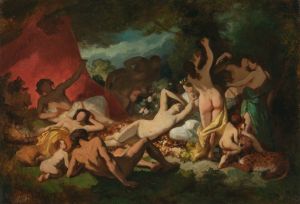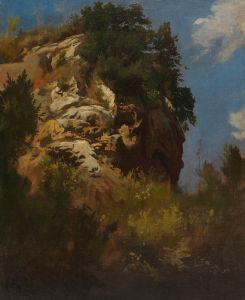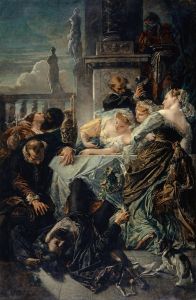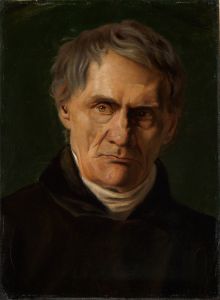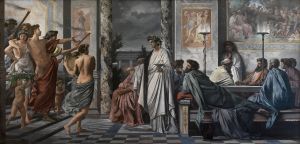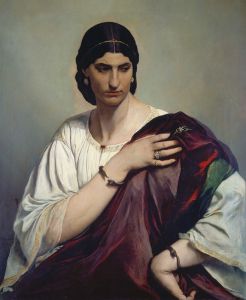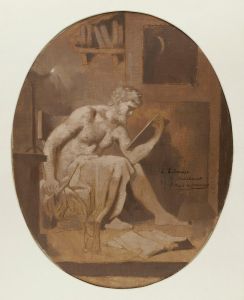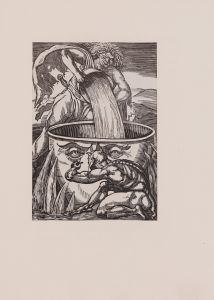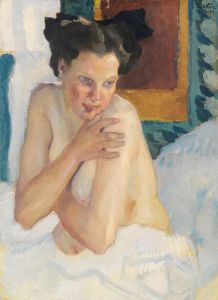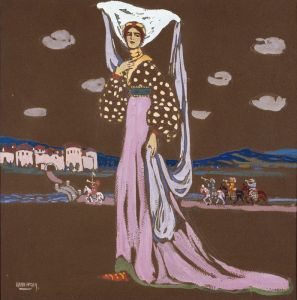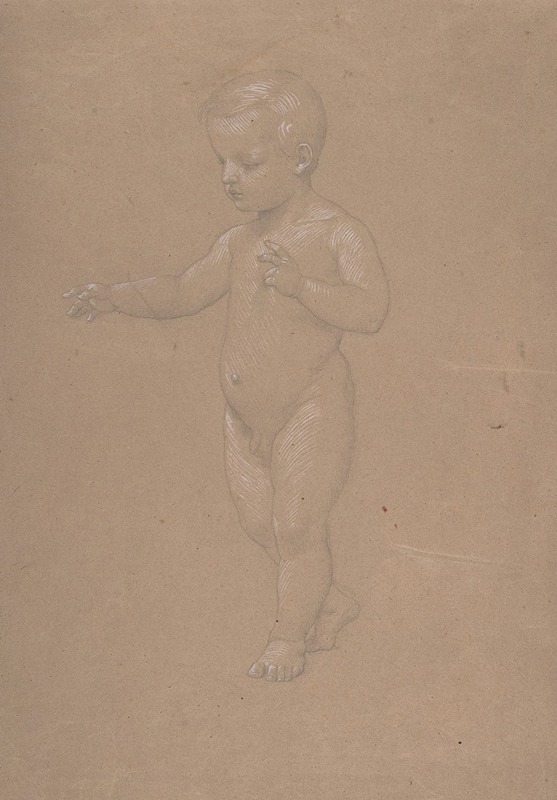
Nude Boy, Walking to the Left
A hand-painted replica of Anselm Feuerbach’s masterpiece Nude Boy, Walking to the Left, meticulously crafted by professional artists to capture the true essence of the original. Each piece is created with museum-quality canvas and rare mineral pigments, carefully painted by experienced artists with delicate brushstrokes and rich, layered colors to perfectly recreate the texture of the original artwork. Unlike machine-printed reproductions, this hand-painted version brings the painting to life, infused with the artist’s emotions and skill in every stroke. Whether for personal collection or home decoration, it instantly elevates the artistic atmosphere of any space.
Anselm Feuerbach was a prominent 19th-century German painter known for his classical style and depictions of mythological and historical subjects. One of his lesser-known works is "Nude Boy, Walking to the Left," which exemplifies his skill in rendering the human form with a sense of grace and realism.
Feuerbach was born on September 12, 1829, in Speyer, Germany, into a family with a strong academic background. His father was an archaeologist, and his grandfather was a well-known legal scholar. This intellectual environment influenced Feuerbach's artistic development, leading him to pursue studies at the Düsseldorf Academy of Arts, where he was exposed to the Nazarene movement, which emphasized a return to the spiritual and artistic values of the Renaissance.
"Nude Boy, Walking to the Left" is a testament to Feuerbach's classical training and his admiration for the art of antiquity. The painting features a young male figure, depicted in the nude, walking with a sense of purpose and ease. The boy's posture and the fluidity of his movement suggest a deep understanding of anatomy and a commitment to capturing the natural beauty of the human body.
Feuerbach's approach to painting was heavily influenced by his time in Italy, where he studied the works of the Renaissance masters and absorbed the classical ideals that would define his style. His time in Rome, in particular, was formative, as he became part of a circle of German expatriate artists who were dedicated to reviving the grandeur of classical art. This influence is evident in "Nude Boy, Walking to the Left," where the composition and execution reflect a harmonious balance and a timeless quality reminiscent of ancient sculptures.
The painting is characterized by its subdued color palette and the soft, diffused lighting that highlights the contours of the boy's body. Feuerbach's use of light and shadow creates a sense of depth and volume, enhancing the three-dimensionality of the figure. The background is kept minimal, allowing the viewer to focus entirely on the subject, a technique that Feuerbach often employed to emphasize the purity and simplicity of his compositions.
Feuerbach's work, including "Nude Boy, Walking to the Left," was well-received during his lifetime, although he often struggled with financial difficulties and a lack of recognition in his native Germany. Despite these challenges, he remained committed to his artistic vision, producing works that were celebrated for their beauty and technical precision.
In the broader context of 19th-century art, Feuerbach's paintings represent a bridge between the Romanticism of the early 19th century and the emerging Realism that would come to dominate the latter part of the century. His dedication to classical ideals and his ability to infuse his subjects with a sense of dignity and grace set him apart from many of his contemporaries.
Today, Anselm Feuerbach is regarded as one of the leading figures of the German classical tradition, and his works continue to be studied and admired for their artistic merit and historical significance. "Nude Boy, Walking to the Left" remains a fine example of his ability to capture the essence of the human form, reflecting both his technical skill and his deep appreciation for the art of the past.







